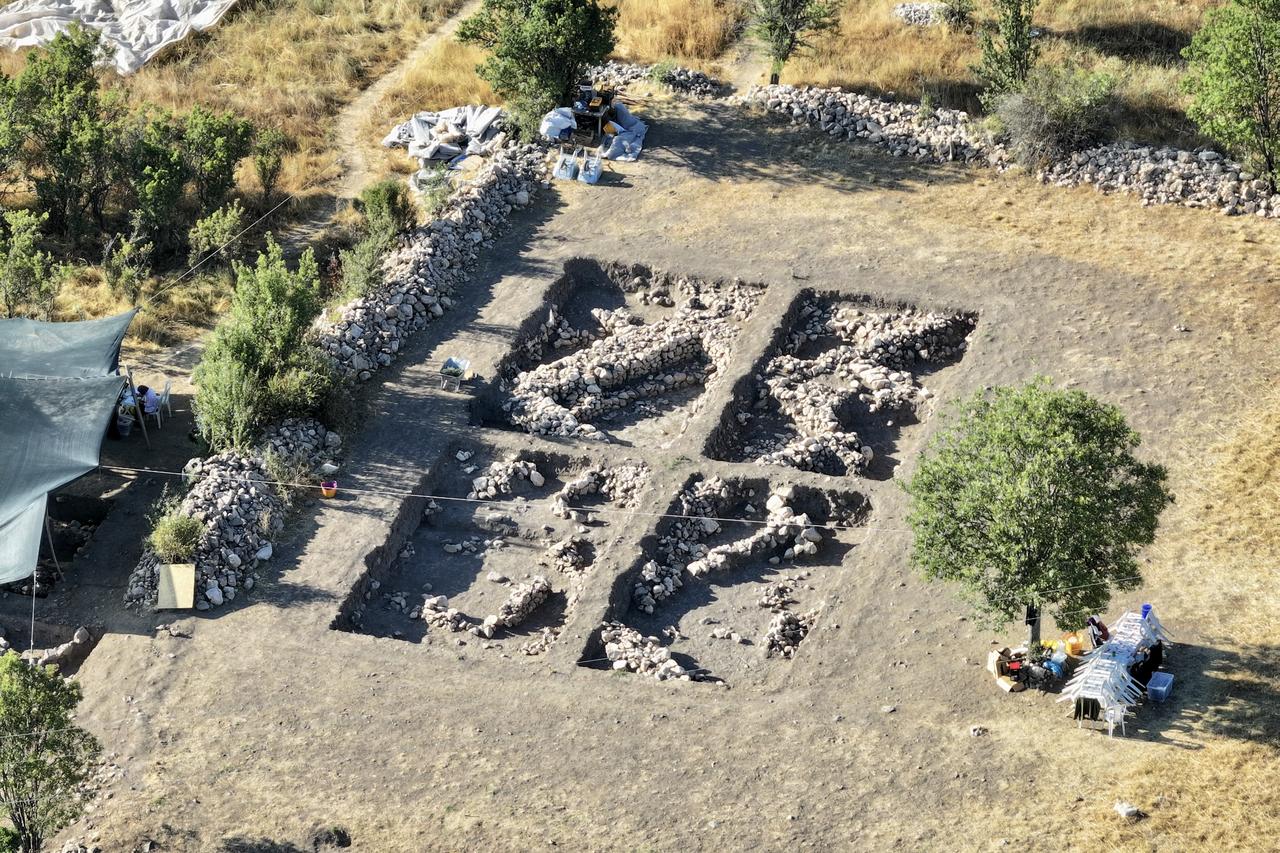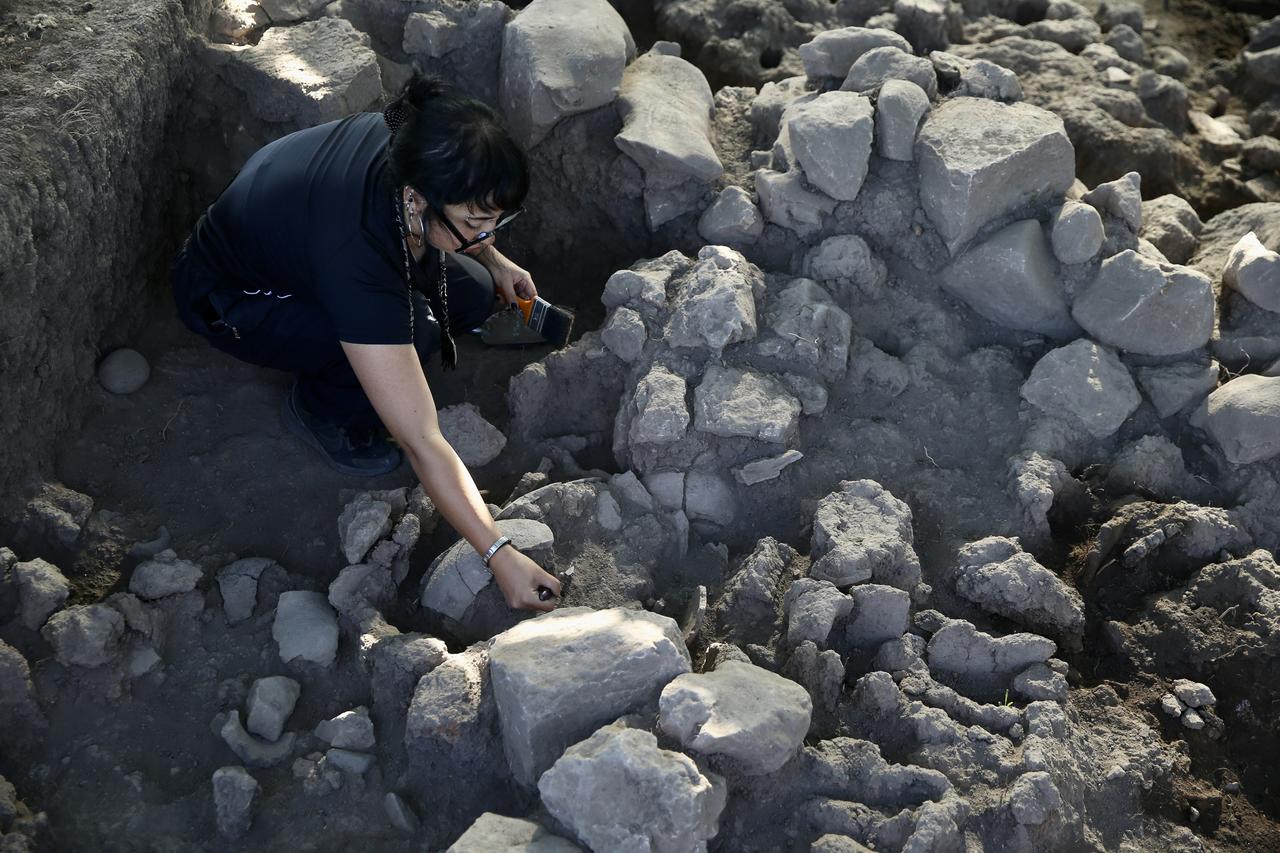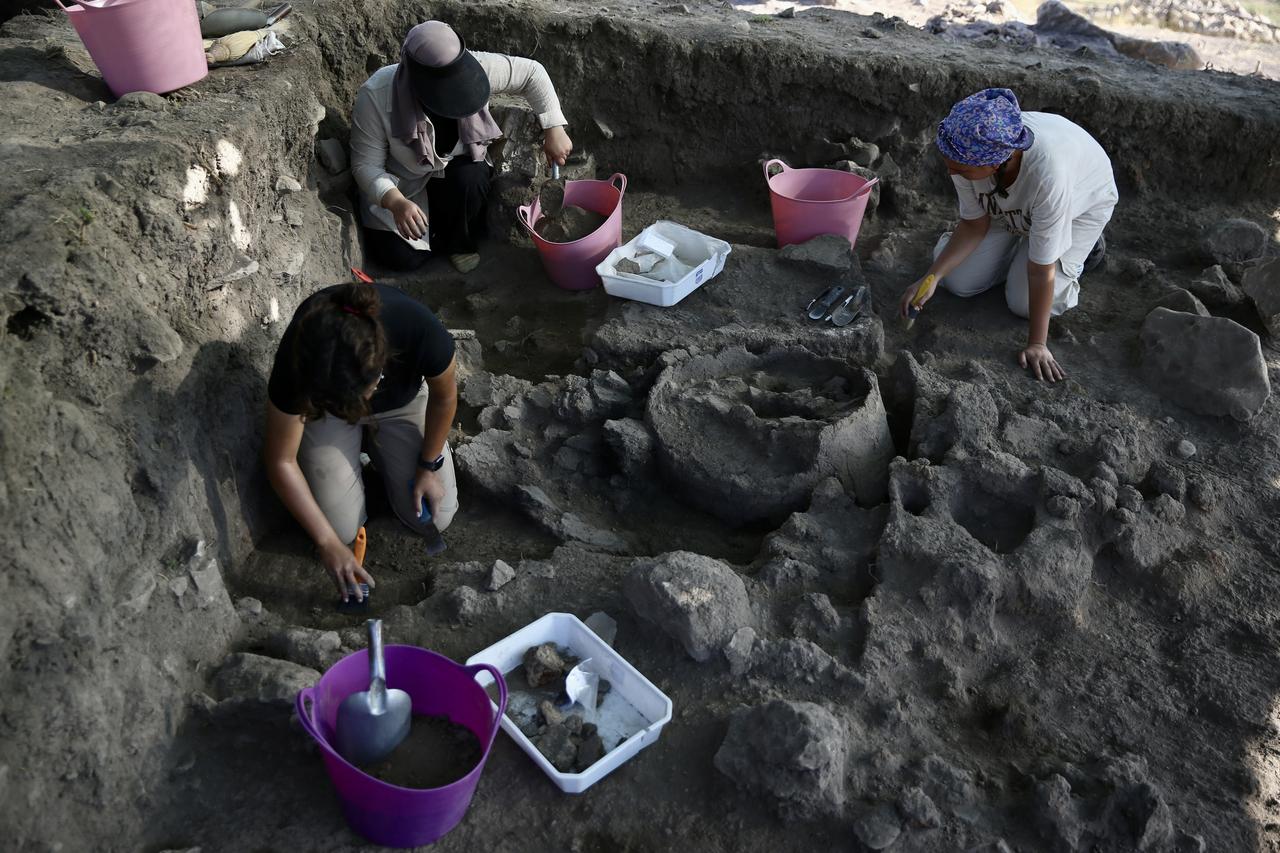
Archaeological excavations at Caltilar Hoyuk, a mound in Türkiye’s southwestern province of Mugla, are shedding light on life in the region over five millennia ago. Ceramic finds and carbon dating analyses from the site indicate that its first inhabitants settled there around 3,300 B.C., when the area was still a marshland.
Researchers found that people initially lived along the marsh’s edge, and as it dried up two centuries later, they moved onto the mound itself.

Caltilar Hoyuk, the only mound excavation currently underway in Mugla, has been under investigation since 2021. The project is led by Professor Aysegul Aykurt from Hacettepe University and supported by the Ministry of Culture and Tourism, Seydikemer Municipality, the Turkish Historical Society, and the “Heritage for the Future” programme.
Archaeologists have identified the earliest settlement as dating to the Late Chalcolithic period, followed by eight successive layers from the Early Bronze Age, then a Middle Bronze Age settlement. During the Late Bronze Age, the mound served as a cemetery.
Evidence shows the site was abandoned for centuries until resettlement in the late seventh or early sixth century B.C., after which it was once again deserted following an earthquake.

Excavations this year are focusing on settlements from around 2,500–2,400 B.C. Findings include a stone-built defensive system with attached structures and an earlier style of construction where wooden stakes were packed with branches or reeds and coated with mud. Traces of burnt mud and impressions of branches point to a major fire that destroyed part of the settlement.

Inside one building, archaeologists uncovered clay jugs, pots, and other ceramic vessels, along with stone tools such as axes and loom weights from weaving activities.
Aykurt highlighted the importance of the site for establishing the chronological sequence of the region’s history, noting that it offers a rare and continuous record of settlement in Mugla after the prehistoric Grimeler Cave.